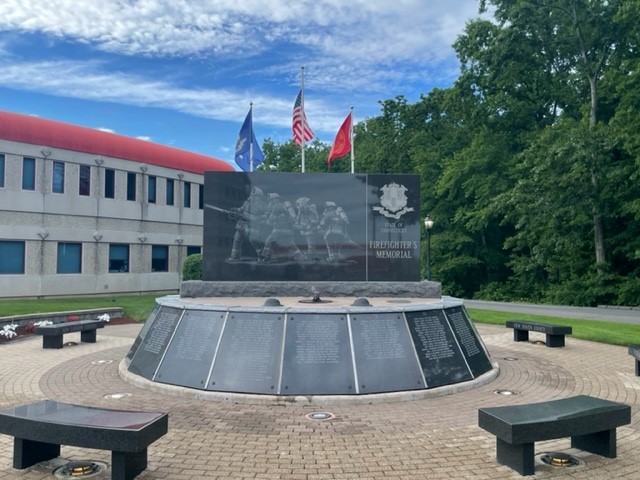2018-19 Regional Fire School Legislative Report
In accordance with state statute, fire service training is coordinated by the State Fire Administrator who is appointed by the Commission of Fire Prevention and Control. Fire Service training is progressive and is based on a four-step, professional development model that begins locally with recruitment of qualified applicants and culminates nationally with strategic programs and training for future executive leaders. All initial firefighter training generally begins either at a Regional Fire School for volunteer firefighters or the Connecticut Fire Academy [CFA] for career firefighters. Once initial training is completed, all firefighters return to their local fire departments for daily training, skills development and practice.
Connecticut’s nine regional fire schools serve as a vital bridge between the CFA and the local fire departments. Training is focused on ensuring competency by providing ongoing hands on skills development required by OSHA including: a) annual live fire training, b) vehicle and technical rescue, c) annual flammable liquid firefighting, d) Hazardous Materials response and e) supporting volunteer recruitment and retention. Regional fire schools serve as host sites for CFA firefighter, officer and instructor certification programs as well as serve as the practical skills evaluation locations for the CFA to conduct standardized testing. As fires and emergencies are not scheduled or planned, the regional fire schools keep responders and their equipment close to the communities they may be called to protect at a moments notice.


